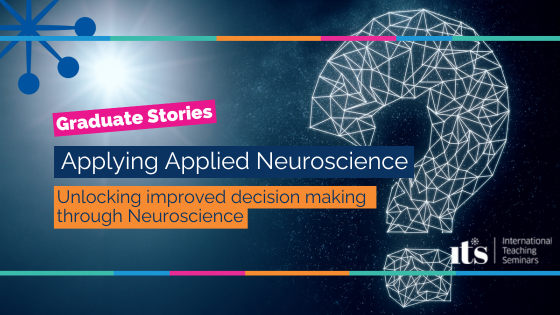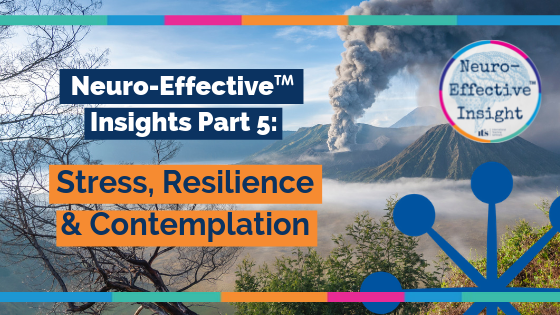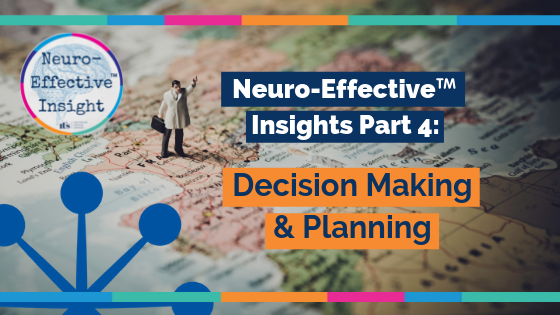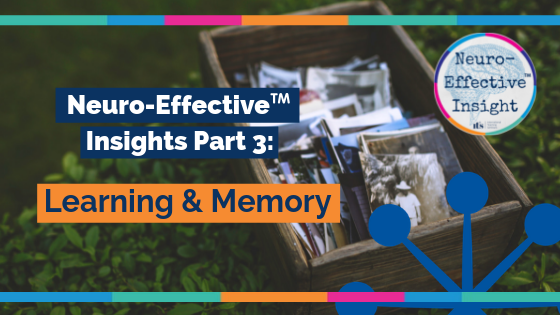Unlocking a better decision making approach with Neuroscience:
Insights from A Graduate’s Journey:
Applying Applied Neuroscience for decision making.
Decision-making is a complex tapestry woven from the threads of intentions, aspirations, and the intricate workings of our brain. All too often, we find ourselves at a crossroads, struggling to turn plans into actions, dreams into realities.
This struggle can stem from a myriad of both conscious and unconscious cognitive biases and neurological processes that govern our thinking and behaviour.
One of our graduates called James, demonstrates this in his personal learning, by exploring the neuroscience behind why we often falter in executing our future plans.
James’s graduate story mirrors the experiences of many, expect he what makes his different are how he uses the principles of Applied Neuroscience to navigate the labyrinth of human cognition and decision-making.
This blog post unfolds James’ journey into harnessing the power of his brain, transforming his approach to making and implementing decisions.
Read more about James’s story below.
Identifying the Problem
James was grappling with a common but intricate issue: the difficulty of effectively putting future plans into action. This challenge, faced by many, was a barrier to his productivity and fulfillment.
Aim of the Intervention
The primary aim of the intervention was to tackle James’ challenge in implementing future plans effectively, by reflecting on what barriers are stopping him from making future decisions.
Initially, the focus was on enhancing his understanding of temporal discounting, a cognitive process wherein future rewards are often undervalued in favor of immediate gratification. This understanding is crucial, as it directly impacts one’s ability to achieve long-term goals. For example: enjoying chocolate when you have long terms goals to lose weight.
Subsequently, the intervention sought to strengthen James’ capacity for delayed gratification. By addressing these two intertwined aspects, the intervention aimed to create a more conducive cognitive environment for James, facilitating more successful execution of future plans. Thus, aligning with the principles of Applied Neuroscience, the objective was to foster a mindset that could consistently bridge the gap between intention and action, leading to more effective decision-making process and goal realisation.
Applying Applied Neuroscience for decision making
Method Used
James adopted a systematic approach, involving sequential steps, each targeting specific cognitive functions:
- Writing Down the Plan: In this initial step, James engaged his prefrontal cortex and Broca’s area, crucial for writing and planning. This also involved the motivational and reward systems in the brain, particularly the basal ganglia.
- Predicting Potential Rewards: James then predicted the rewards of his plan, setting up a potential prediction error. This process utilised the hippocampus for long-term memory retrieval and the cingulate cortex for making predictions and detecting errors.
- Self-Assessing Delayed Gratification: Next, James assessed his tolerance for delayed gratification to counter temporal discounting. This step activated the pituitary gland and adrenal hormones associated with learning.
- Identifying Helpers and Hindrances: Integrating elements from the Health Action Process Approach (HAPA) model by Ralf Schwarzer, James contemplated potential aids and obstacles, balancing risk (amygdala) and reward (ventromedial prefrontal cortex).
- Implementing and Adapting the Plan: Lastly, James implemented his plan, focusing on identifying and adapting to prediction errors, crucial for learning, building self-efficacy, and developing a growth mindset.
Key Learnings and Results for Improved Decision Making
- Understanding Temporal Discounting: James learned about the changing value of future outcomes over time and developed strategies to manage this cognitive bias.
- Improving Delayed Gratification: The intervention enhanced his ability to link current actions with future rewards.
- Building Self-Efficacy: By planning for potential challenges, James strengthened his self-confidence and ability to recover from setbacks.
- Adjusting to Predictive Challenges: He refined his skills in identifying and adjusting to prediction errors, vital for effective decision-making and habit formation.
In Conclusion
James’ experience with Applied Neuroscience in planning is a testament to how structured interventions can significantly improve decision-making abilities.
His story highlights the importance of understanding cognitive processes in achieving long-term goals and serves as an inspiration for those facing similar challenges in decision-making, illustrating the practical application of neuroscience to enhance daily life choices and actions.
If you want to learn more about Applying Applied Neuroscience and to develop your own intervention to promote behaviour change, then see more information about our programme here >
*James is a pseudonym.





Leave A Comment